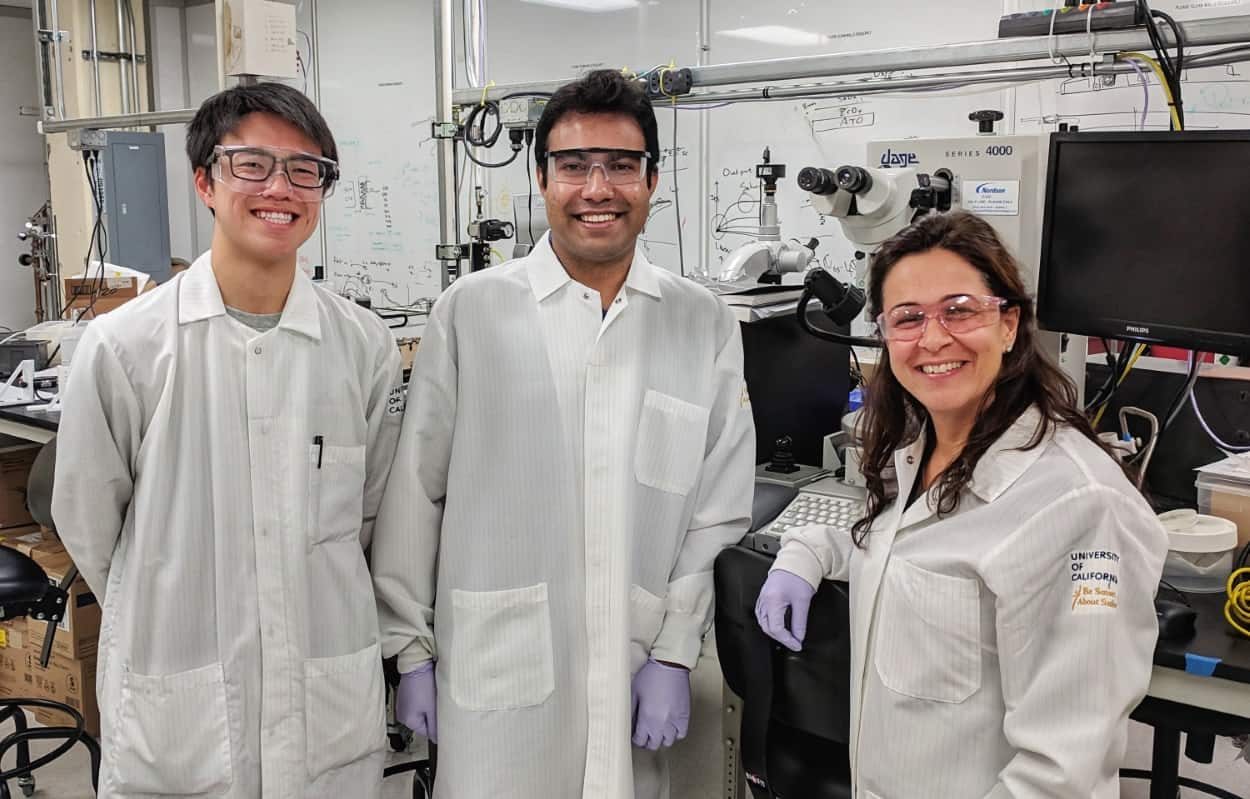
A flexible sensor developed by engineers in the US and the UK can map blood-oxygen levels over large areas of skin, tissue and organs, potentially giving doctors a new way to monitor wound healing in real time (PNAS 10.1073/pnas.1813053115 ).
Oxygen is vital to organs, especially when they are healing, and a range of devices exist to monitor oxygen levels in blood. The most popular ones, oximeters, use a combination of light-emitting diodes (LEDs), which shine either red or near-infrared light through the skin, and photo diodes (PDs) that detect how much light is transmitted for each wavelength. Since oxygen-rich blood preferentially absorbs infrared light and oxygen-poor blood absorbs more red light, the oximeter uses the Beer-Lambert law (which links transmitted light and tissue composition) to quantify how much oxygen is in the blood.
However, because they rely on transmitted light, oximeters only work on areas of the body that are partially transparent, such as the fingertips or the earlobes. Moreover, they can only assess blood-oxygen at a single point in the body, preventing the assessment of a large region over time.
Designing a new flexible sensor
To address the shortfall of oximeters, researchers from the University of California, Berkeley led by Ana Claudia Arias, in collaboration with Cambridge Display Technology, decided to use a different mode of oximetry based on reflected rather than transmitted light. After modifying the Beer-Lambert law to account for this, the team showed that the sensor worked on many locations, such as the forehead, forearm, abdomen and legs.

The sensor consists of a grid of alternating four red and four near-infrared organic LEDs and eight organic PDs printed on one side of a flexible material that moulds to the contours of the body. The team chose the wavelengths of light emitted by the organic LEDs to unambiguously differentiate oxygenated and deoxygenated blood. This was also facilitated by the printing technique that increased the signal-to-noise ratio and reduced ambient noise.
Mapping blood oxygenation
The researchers tested the performance of their sensor by attaching a facemask to a volunteer to control the oxygen concentration of the air being inhaled, simulating breathing at progressively higher altitudes. Depending on the oxygen concentration of the air, the volunteer’s oxygenation changed. This trend was accurately rendered by both the new sensor attached to the volunteer’s forehead and a control commercial finger probe sensor. The oxygenation estimates between the two devices differed by only 1.1% over a test period of 8 min, during which the inhaled oxygen concentration was varied from 21% to 15%.
In the case of a medical shock, low blood circulation or organ injury, arterial blood is not pulsatile enough to be used for pulse oximetry. The researchers tested their sensor in similar conditions by using a pressure cuff to restrict blood supply to the arm. Similar variations in saturated oxygen levels to those reported in the literature were found, confirming the sensor’s ability to monitor blood oxygenation even in the absence of pulsatile blood flow.
More importantly, the grid arrangement of the sensor enabled the mapping of oxygen concentration across an area rather than at a single point. This feature is promising for monitoring oxygenation of tissues, wounds and newly transplanted organs, providing an important indicator to guide post-surgery recovery management. The sensor can also be coupled with electromyography and electrocardiography electrodes for muscle assessment during exercise.



